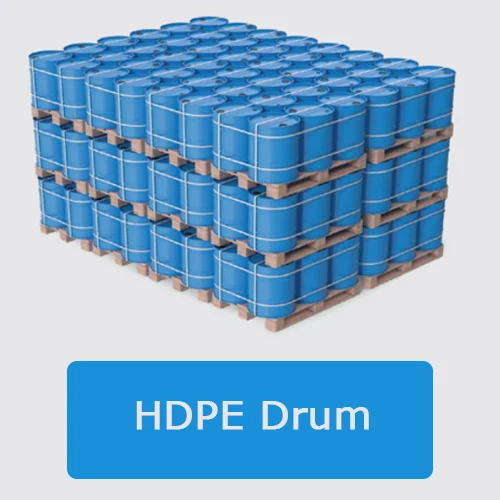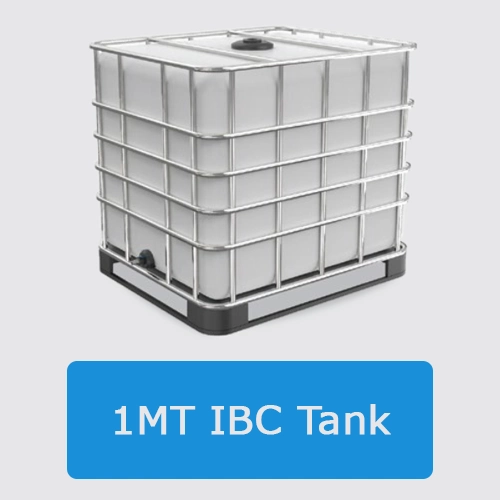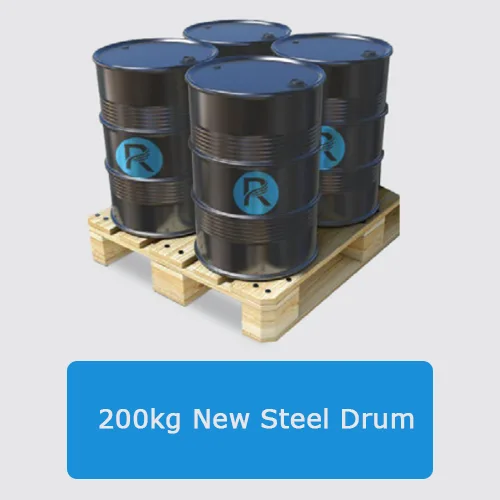
Description of Bitumen Emulsion RS-1
Bitumen emulsion RS-1 is a rapid-setting anionic that is used for cheap seals and tack coats. It’s for mixtures; the choice of emulsion grade depends on the size of the aggregate, with stone mixtures requiring medium-setting emulsions and sand mixtures necessitating slow-breaking emulsions.
Application of Emulsion RS-1
Bitumen Emulsion RS-1 is used for specifically developed to provide waterproofing in construction application, on concrete and even metal surface. Also, this grade widely has application in highway construction.
Packing of Bitumen Emulsions
| HDPE Drum | Detailes |
|---|---|
 |
Loading 80Drum in 20ft Container= 16 Ton Net |
| 1MT IBC Tank | Detailes |
|---|---|
 |
Loading 20 IBC in 20ft Container= 20 Ton Net |
| 200 kg New Steel Drum | Detailes |
|---|---|
 |
Loading 80Drum in 20ft Container= 16 Ton Net |
Specification
| PROPERTY | MIN | MAX | TEST METHOD |
|---|---|---|---|
| VISCOSITY, SAYBOLT FUROL AT 50 °C, SFS | 20 | 100 | ASTM D244 |
| STORAGE STABILITY TEST, 24-H, % | – | 1 | ASTM D6930 |
| PARTICLE CHARGE TEST | Minus | ASTM D244 | |
| SIEVE TEST, % | – | 0.1 | ASTM D6933 |
| DEMULSIBILITY, 35 ML, 8% DIOCTYL SODIUM SULFOSUCCINATE, % | 60 | – | ASTM D6936 |
| DISTILLATION: | 55 | ||
| RESIDUE, % | 55 | – | ASTM D244 |
| TEST ON RESIDUE FROM DISTILLATION: | 100 | ||
| PENETRATION, 25°C (77°F), 100 G, 5 S | 100 | 200 | ASTM D5 |
| DUCTILITY, 25°C (77°F), 5 CM/MIN, CM | 40 | – | ASTM D113 |
| SOLUBILITY IN TRICHLOROETHYLENE, % | 97.5 | – | ASTM D2042 |
Supplier of Bitumen Emulsion RS-1
At RAHA Bitumen, We are Manufacturer and Supplier of Bitumen Emulsion RS-1 . We have over 13 years experience in Export to East Asia and Africa countries. For more information about price, payment, SGS of each country, please don’t hesitate to reach out. Contact us directly or message us on WhatsApp for prompt service and inquiries.
Destination Ports
East Asia
- China => Shanghai, Dalian, Taicang
- Malaysia => Port Klang, Tanjung Pelepas , Penang
- Indonesia => jakarta, Surabaya, Belawan
- Singapore => Tanjong Pagar, Keppel, Brani
- Taiwan => Kaohsiung, Keelung, Taipei
- Philippine => Manila, Cebu, Davao
- Vietnam => Ho Chi Minh, Hai Phong, Da Nang
- Romania => Constanta, Braila, Galati
Africa
- Libya => Tripoli, Misrata, Benghazi
- Kenya => Mombasa, Lamu, Kisumu
- Liberia => Monrovia, Buchanan, Greenville
- Sudan => Sudan, Ossif, Sawakin
- South Africa => Durban, Cape Town, Richards Bay
- Congo => Matadi, Boma, Banana
Our Payment Term
Our terms of payment are TT/30% in advance and balance after copy of BL. This secures 30% of the payment in advance while the remaining balance is settled when a copy of the Bill of Lading has been availed, ensuring goods are in transit and well documented.
Order Now
If you’re interested in bitumen emulsion or need assistance choosing the right product, please don’t hesitate to reach out. Contact us directly or message us on WhatsApp for prompt service and inquiries.


